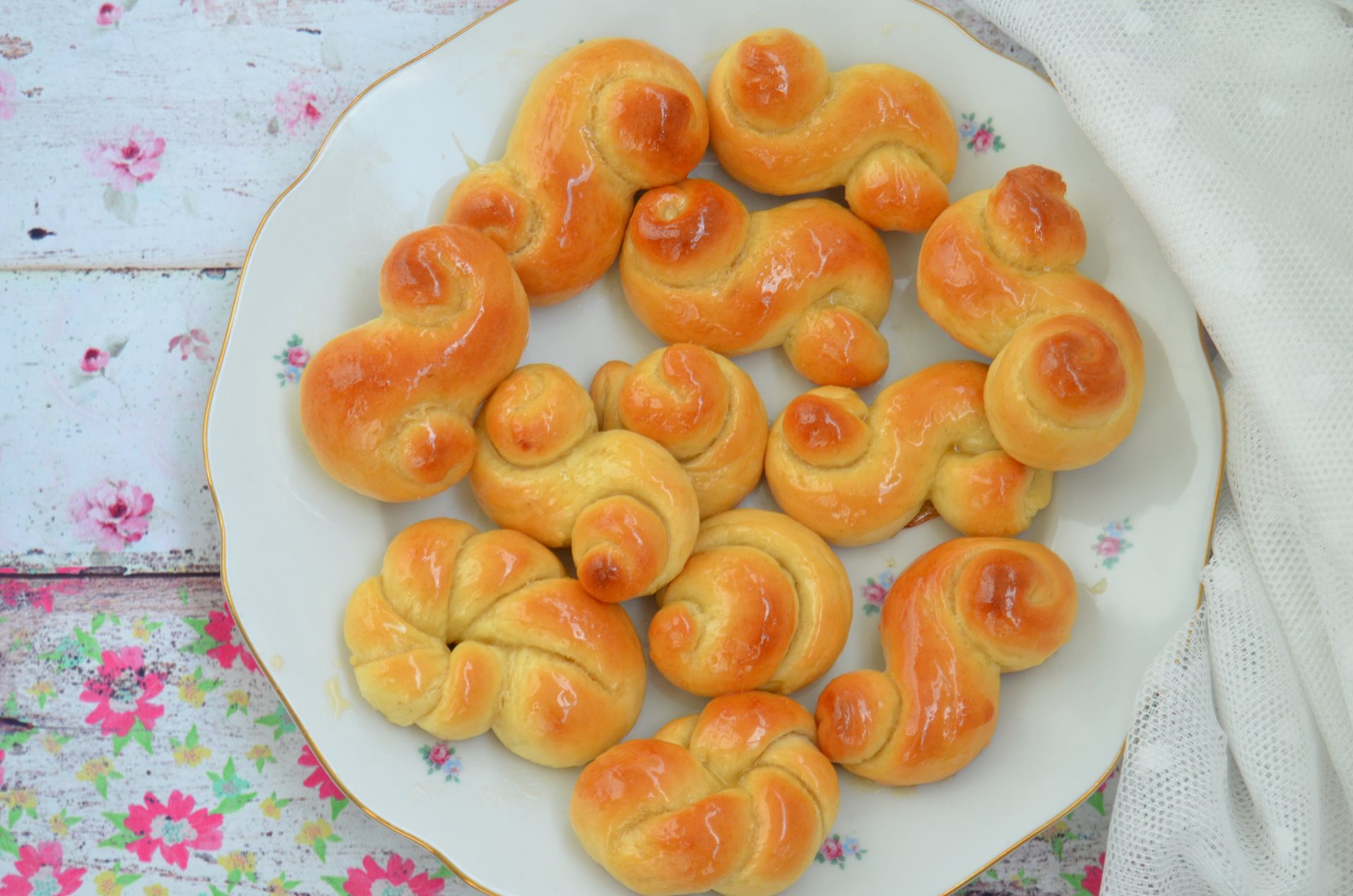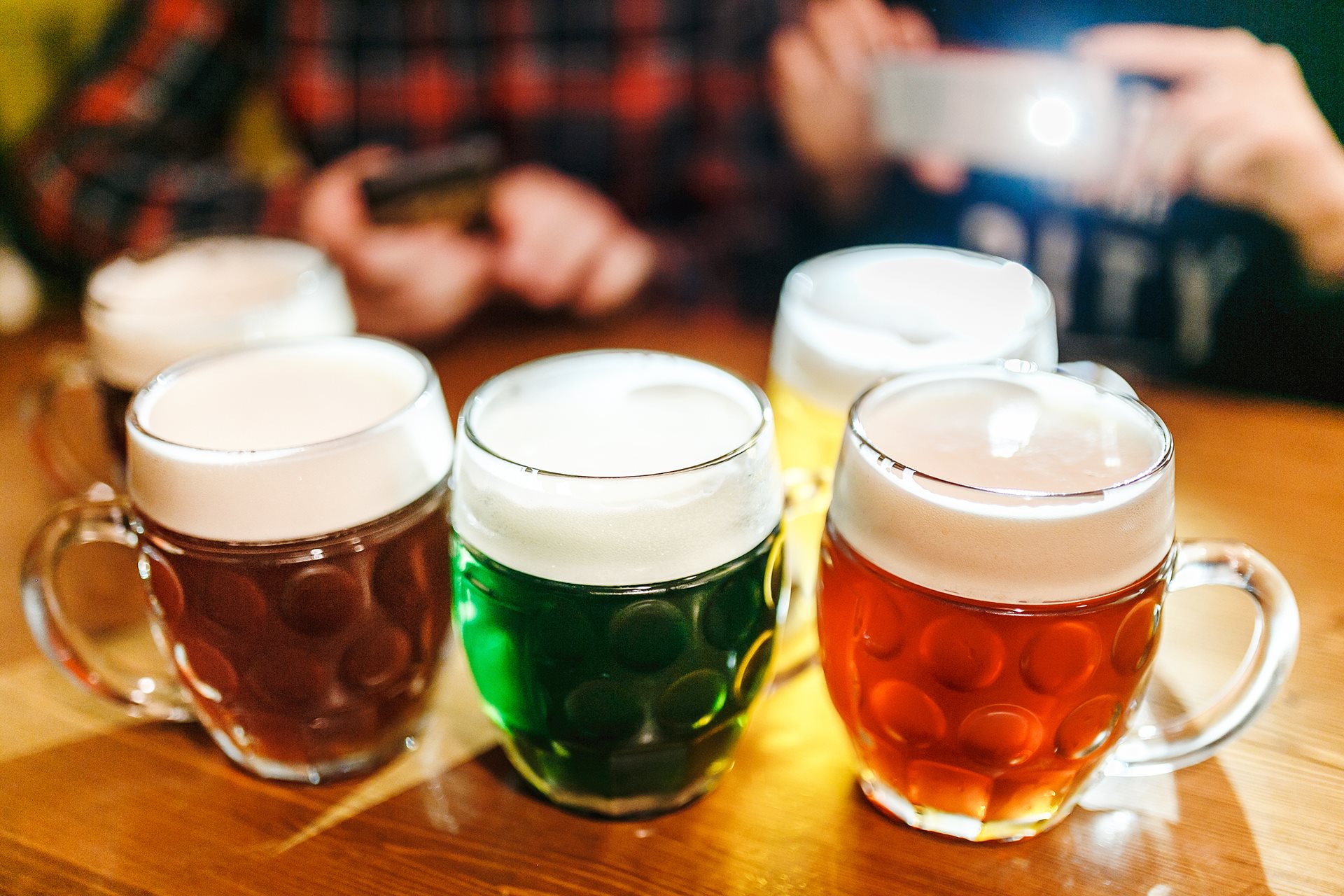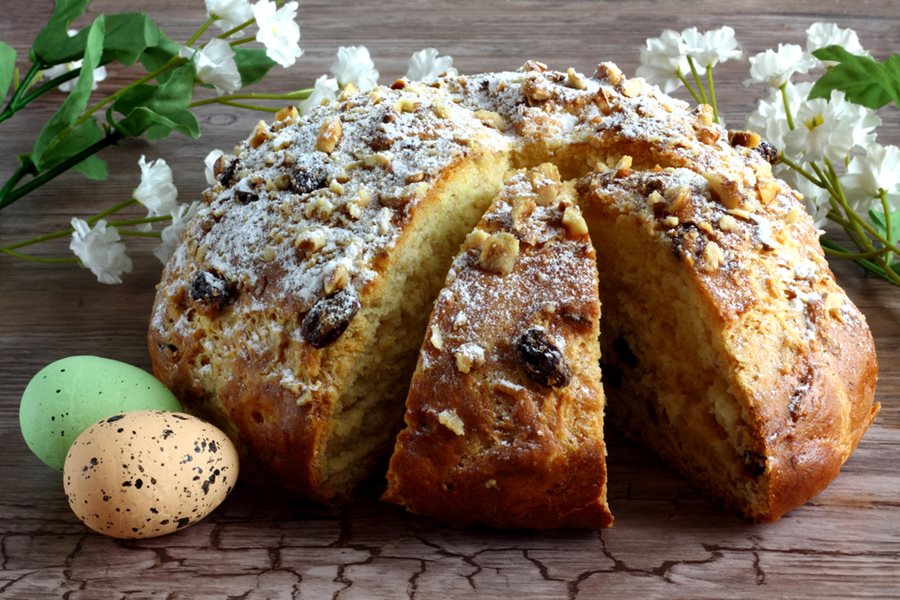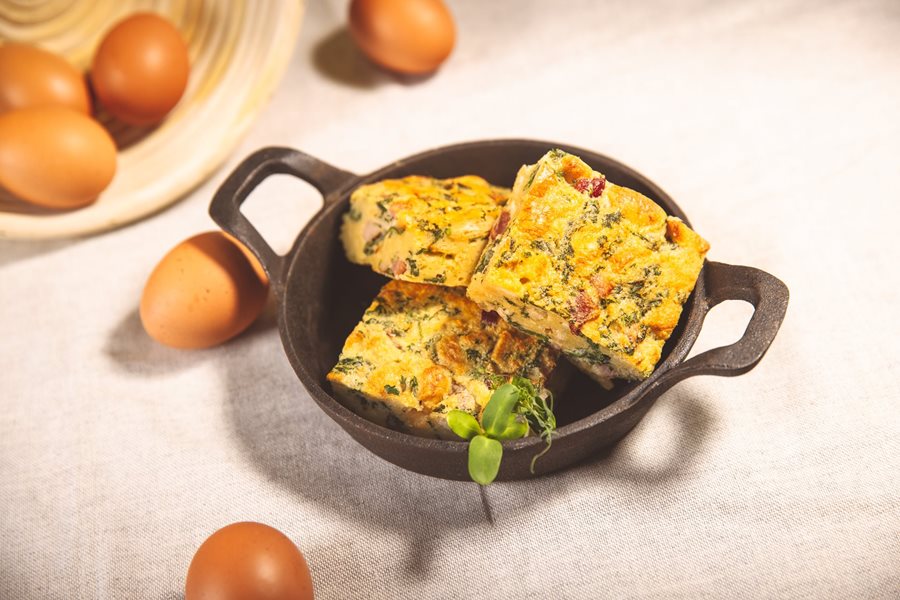Easter Delights Await: Discover the Culinary Wonders of Czechia!

Exploring Czech Easter through a culinary lens reveals a rich tapestry of traditions and regional practices that dictate what foods grace the tables during this festive season. Let’s start our journey with Holy Wednesday, the final Wednesday leading up to Easter. This day is marked by the baking of sweet “Judas” buns. These delightful yeast pastries, shaped like ropes, are lovingly spread with butter and honey, serving as a poignant reminder of Judas Iscariot’s betrayal. These sugary Easter buns make their appearance at breakfast on Green Thursday, a day aptly named to encourage the consumption of green foods. If spinach doesn’t tickle your fancy, consider enjoying a fresh salad or steamed broccoli. A more adventurous option might involve a splash of green peppermint liqueur for those who seek something spirited.

Good Friday, commemorating the crucifixion of Jesus Christ, is observed with a sense of frugality in both food and drink. The season of Lent continues until the joyous Resurrection celebration at midnight on Saturday. For those not observing Lent, consider including fish in your meal as a nod to age-old customs. In the Czech Republic, carp takes center stage, readily available in tanks before Easter, mirroring traditions from Christmas. Other popular choices include trout. If fish doesn’t suit your palate, a simple vegetarian dish will suffice to honor the day’s spirit.
Holy Saturday proves to be the most bustling day of the Easter celebration. This day involves baking sweet Easter bread along with adorable sweet lamb-shaped sponge cakes. It’s important to note that these cakes are typically prepared only if roast lamb isn’t served on Easter Day, as they historically served as a meat substitute for families experiencing hardship. The Easter lamb sponge cake symbolizes Christ’s ultimate sacrifice. Once baked, it is carefully taken out of the mold, adorned with raisins for eyes, and either sprinkled with vanilla sugar or drizzled with chocolate icing. A charming ribbon with a bell is tied around its neck for a festive touch. The sweet Easter bread, made from sweet yeasted dough, shares a flavor profile similar to that of Christmas bread.
Following the mass on Holy Saturday, many gather to enjoy Easter stuffing, crafted from bread, eggs, smoked meat, and young nettles. This dish continues to be a popular offering in various adaptations even today, and you might want to try making it using the recipe provided below.
However, the true highlight is Easter Sunday, the pinnacle of the Easter festivities for Christians, characterized by lavish meals and an abundance of food. The meal typically begins with a boiled egg, representing new life. The Easter spread usually also features young meats, such as roasted lamb or goat. If lamb isn’t your preference, alternatives like veal or a stuffed young chicken are excellent choices.
Finally, Easter Monday is a day known for the tradition of whipping, where men visit women, playfully whipping them to ensure they stay vibrant and youthful. In return, they receive colorfully decorated eggs. Have you ever wondered why eggs are painted during Easter? One popular legend suggests that eggs were hard-boiled for preservation purposes since they couldn’t be consumed throughout the forty days of Lent. To distinguish between raw and boiled eggs, painting them became a customary practice. Until the early 20th century, eggs were traditionally dyed red, a color symbolizing love.








